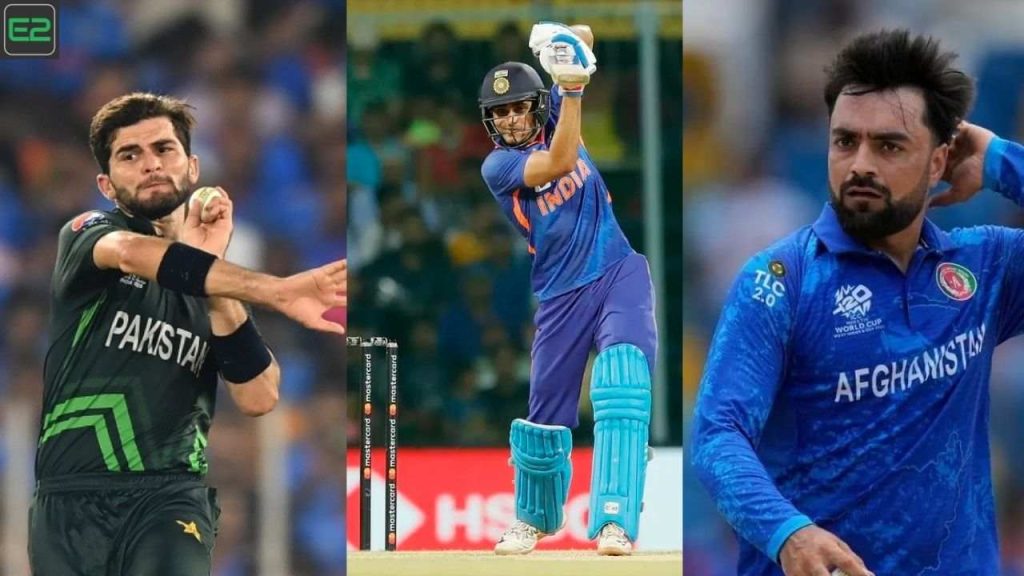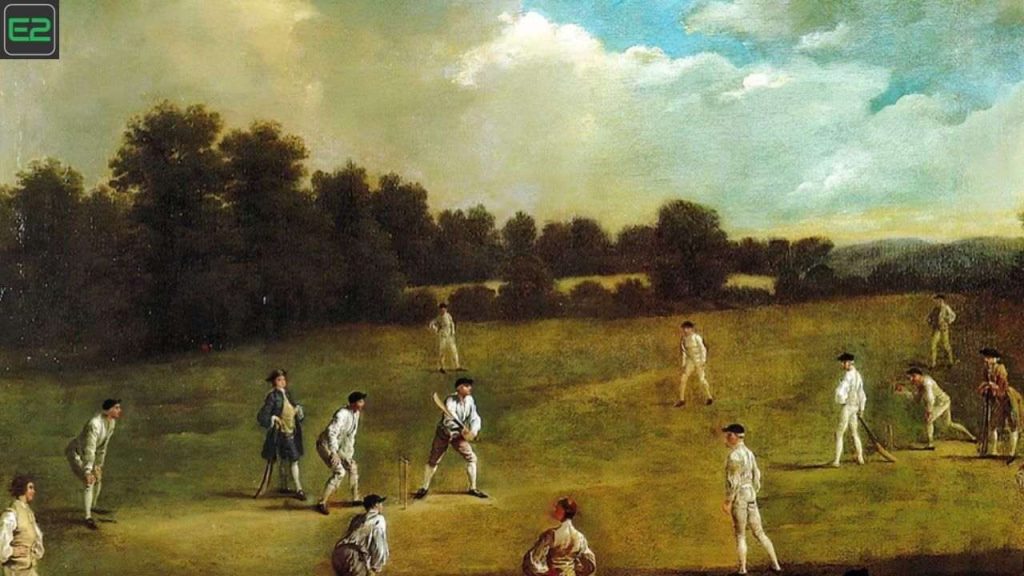Indian Cricketers Use First Names An Opinion Piece: In the vibrant and passionate world of Indian cricket, one trend stands out: the common practice of referring to players by their first names. While this might seem like a simple stylistic choice, it reflects deeper cultural, social, and emotional dynamics that shape the relationship between players and fans. In this opinion piece, we explore why this practice is not just a norm but a significant aspect of Indian cricket’s identity.
Why Indian Cricketers Use First Names: An Opinion Piece

A Cultural Reflection
First and foremost, using first names resonates with the cultural fabric of India. In many Indian households, addressing someone by their first name is a sign of affection and familiarity. This cultural norm spills over into cricket, where players are often seen as part of the larger Indian family. When fans call Virat Kohli “Virat” or MS Dhoni “Dhoni,” it fosters a sense of closeness, making these icons feel more approachable.
This connection is vital in a country where cricket is more than just a sport; it’s a shared passion that unites people across diverse backgrounds. The informal use of first names serves to break down barriers, allowing fans to feel a personal bond with their heroes. In a country where cricket evokes such deep emotions, this practice enhances the sense of belonging among fans.

The Influence of Media
The rise of media, especially social media, has significantly shaped how cricketers are perceived and addressed. The portrayal of players through various media channels often leans toward a more personal narrative. When broadcasters and journalists refer to players by their first names, it creates a familiar and engaging atmosphere.
This trend has become even more pronounced with the advent of social media platforms like Twitter and Instagram. Cricketers frequently share updates, behind-the-scenes glimpses, and personal anecdotes, and they often do so using their first names. This direct engagement creates a community where fans feel involved in the players’ lives, further blurring the lines between celebrity and everyday person.

Legacy and Tradition
Another reason for this practice lies in the legacy of Indian cricket. Legendary players like Kapil Dev, Sunil Gavaskar, and Sachin Tendulkar were often addressed by their first names, setting a precedent for future generations. This tradition has become ingrained in the cricketing culture, and younger players naturally adopt this form of address.
By following in the footsteps of these icons, current players not only honor their predecessors but also contribute to a cohesive identity within the team. This continuity fosters a sense of unity and shared purpose, both on and off the field, which can be crucial for team dynamics.

Team Spirit and Camaraderie
The use of first names also plays a pivotal role in promoting team spirit. Cricket, being a team sport, thrives on collaboration and mutual respect. When players refer to each other by their first names, it diminishes hierarchies and promotes an atmosphere of equality.
This informal approach can enhance communication, making it easier for players to express themselves, share ideas, and resolve conflicts. In high-pressure situations, this camaraderie can be invaluable, helping teams to perform better as a unit.
Global Appeal and Branding
As Indian cricket has gained global prominence, the practice of using first names has become a recognizable feature of the sport. International fans and media have embraced this custom, which adds to the appeal of Indian cricketers on the world stage. It allows players to cultivate their personal brands in a way that resonates with a global audience.

Icons like Virat Kohli have successfully leveraged their first names to create a powerful brand identity that transcends cricket. This approach not only endears them to fans but also enhances their marketability, creating opportunities beyond the sport.
In conclusion, the practice of using first names among Indian cricketers is more than just a trend; it reflects the cultural, social, and emotional nuances of cricket in India. It fosters a sense of connection, enhances team dynamics, and contributes to the global identity of Indian cricket. As the sport continues to evolve, this practice will likely remain a cherished aspect of its rich tapestry, highlighting the deep bond between players and fans in a country that lives and breathes cricket.













